India 280,000 | ||
 | ||
The Kharia are one of the largest indigenous ethnic group of India This tribal ethnic group is one of the largest tea tribes in India. They originally spoke the Kharia language, which belongs to the Munda subgroup of the Austroasiatic languages. They are sub-divided into three groups known as the Hill Kharia, Delki Kharia and the Dudh Kharia. Amongst them, the Dudh Kharia is amongst the most advanced and educated ethnic communities in India.
Contents
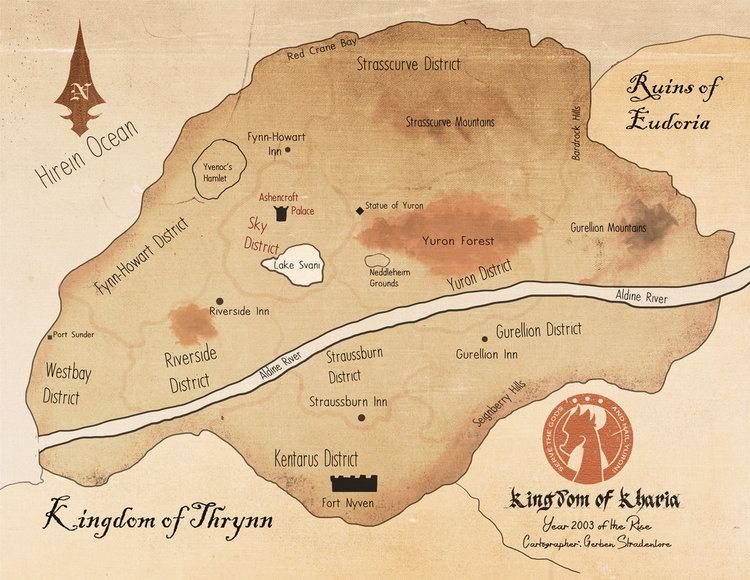
Social divisions

The Kharia comprise three tribes, the Dudh Kharia, Dhelki Kharia, and Hill Kharia. The first two speak an Austroasiatic language, Kharia, but the Hill Kharia have switched to an Indo-Aryan language, Kharia Thar. There has not been any language development efforts made for Kharia Tar.
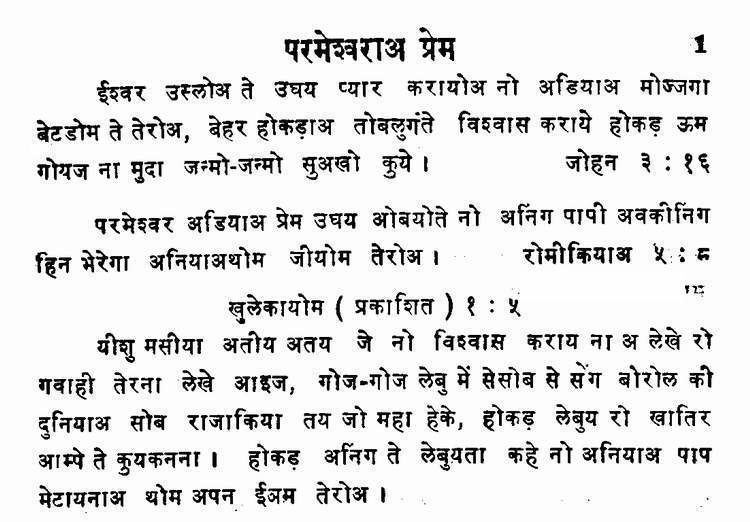
The Dudh Kharia and Dhelki Kharia formed together one compact tribe. Their ancestors live in Ruidas Patna. These Kharia people were attacked by an Ahir chief and they then moved on to Chotanagpur.
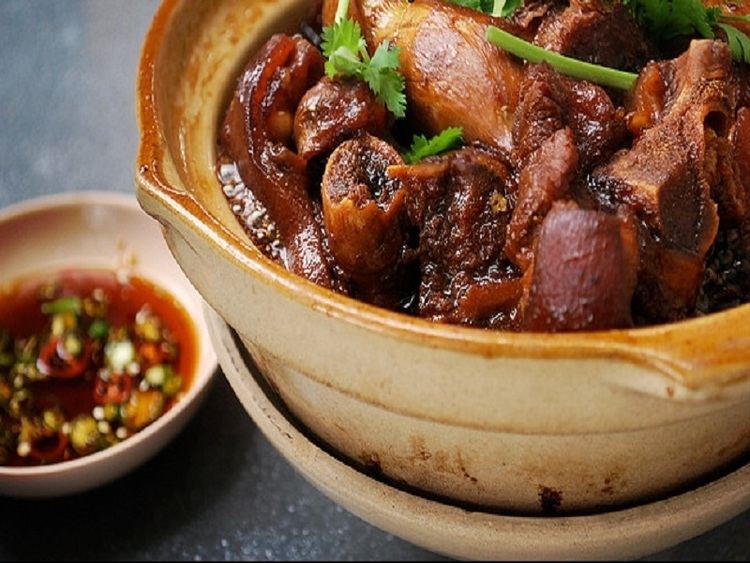
The Hill Kharia live in different states of India. In Odisha, the Hill Kharia are mainly found in Jashipur and Karanjia Blocks of Mayurbhanj district. A few villages are also found in Morada block. In Jharkhand, they are concentrated in East Singhbhum, Gumla, Simdega districts. Though widely found in this district, Musabani, Dumaria and Chakulia Blocks are the blocks where they live in large numbers. And in West Bengal, they are in West Midnapur, Bankura and Purulia districts. The majority are in Purulia.
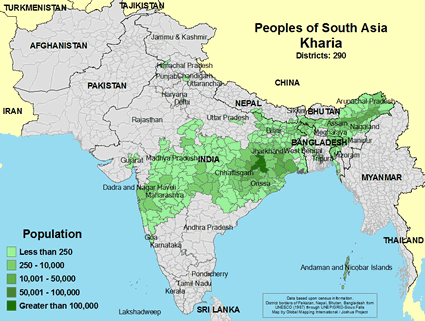
The Hill Kharia are also called Pahari (meaning “Hill”) Kharia, Savara/Sabar, Kheria, Erenga, or Pahar. Outsiders call them Kharia but they call themselves as Sabar. They are called “Pahari (Hill) Kharia” because they live in the midst of forest and depend upon forest produces.
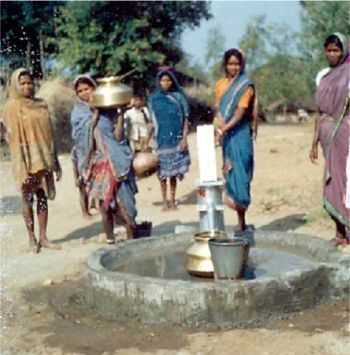
There are several gotras (clans) among the Hill Kharia such as Golgo, Bhunia, Sandi, Gidi, Dehuri, Pichria, Nago, Tolong, Suya, Dhar, Tesa, Kotal, Kharmoi, Digar, Laha, Saddar, Sikari, Rai, Khan, Dolai, Sal, Alkosi and Khiladi. Golgo seems to be dominant one because in every village that clan is spelt out first whenever their clans were asked.
Distribution

They mainly inhabit Bihar, Madhya Pradesh, Odisha and West Bengal, Maharashtra. In Tripura they are included in Caste Hindu. Few families can be found in Assam and Andaman islands. According to 1981 census, their population in Bihar is 141,771, in Odisha it is 144,178, and in Madhya Pradesh it is 6892.
Lifestyle
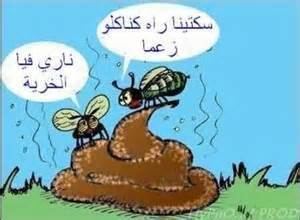
The Kharia who were under Zamindar during British rule are now land owning farmers in independent India. All Kharia speak their traditional dialect. The Language spoken by them is a branch of Munda language which is similar to Khmer language. They are very close to the nature and culture of the tribe is influenced by its ecological and cultural surroundings.
Dress Pattern and Ornaments
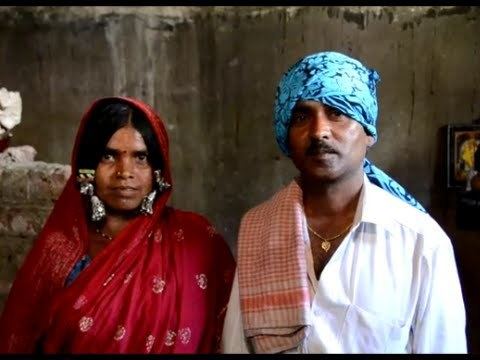
The Hill Kharia have preserved their traditional dress pattern and rest of the Kharia have been influenced by the modern contacts and changed their dressing style. Traditionally, they wear Dhoti called Bhagwan. women wear saree falling up to the ankles. A part of the saree covers their bosom. The traditional dress is nowadays going out of use. Both men and women wear ornaments generally made of Brass, Nickel, Aluminium, Silver and rarely of Gold. Dudh Kharia women prefer Gold ornaments.
Economy
Different levels of economic developments on sectional basis exist among Kharia. The Hill Kharia is a food gathering, hunting and labourer community. The Dhelkis are agricultural labourers and agriculturalists, while Dudh Kharia are exclusively agriculturists in their primary economy.
Kharia people are skilled in cottage industries.
Dances
Kharia are said to be the great dancers. Youth of both sexes dance together. sometimes they form two groups each of males and females and sing one after the other. It is like conversion is going on between boys and girls in the form of the song. The following dance patterns are prevalent among Kharias- Hario, Kinbhar, Halka, Kudhing and Jadhura.
